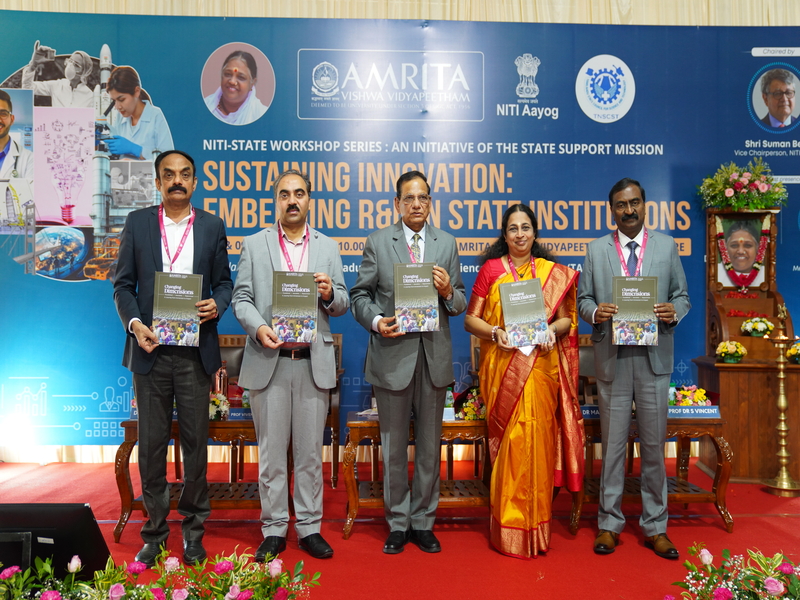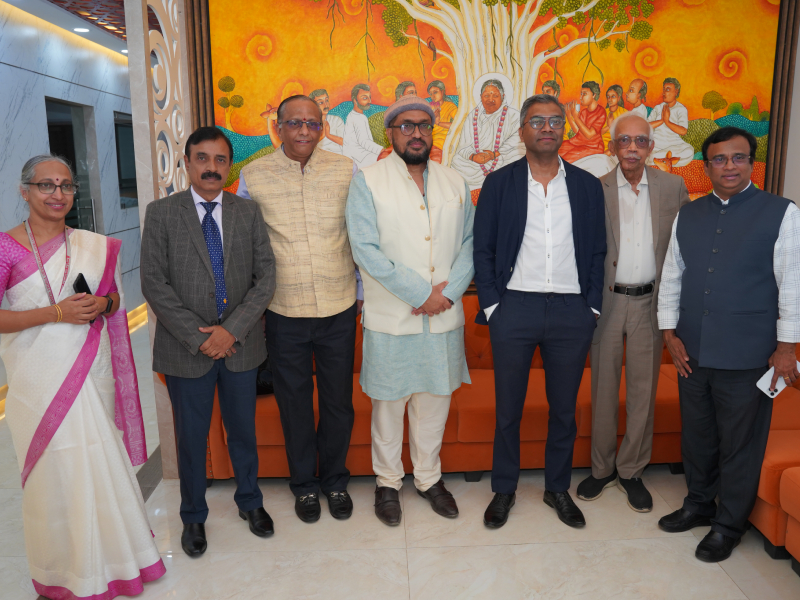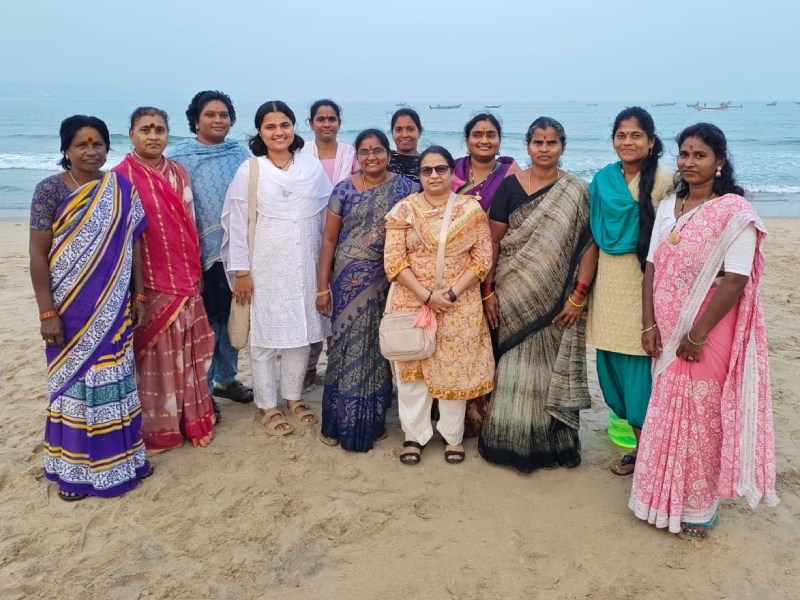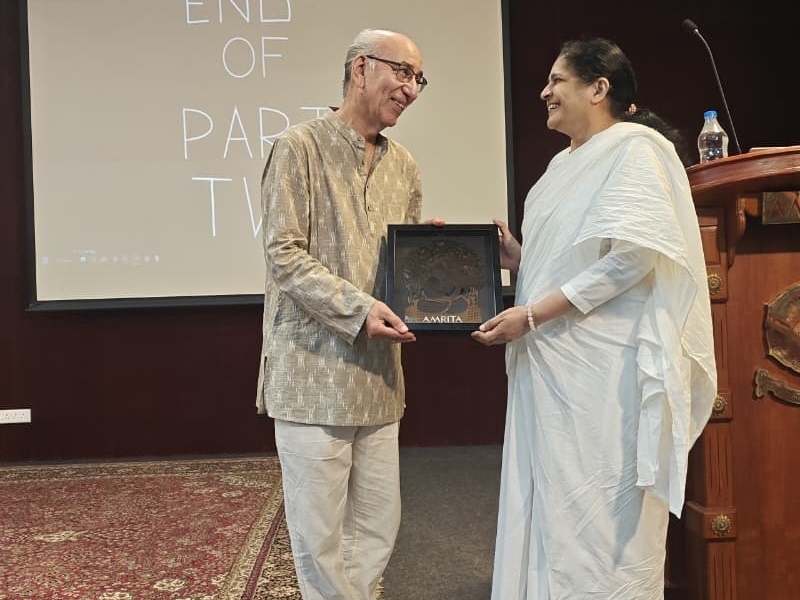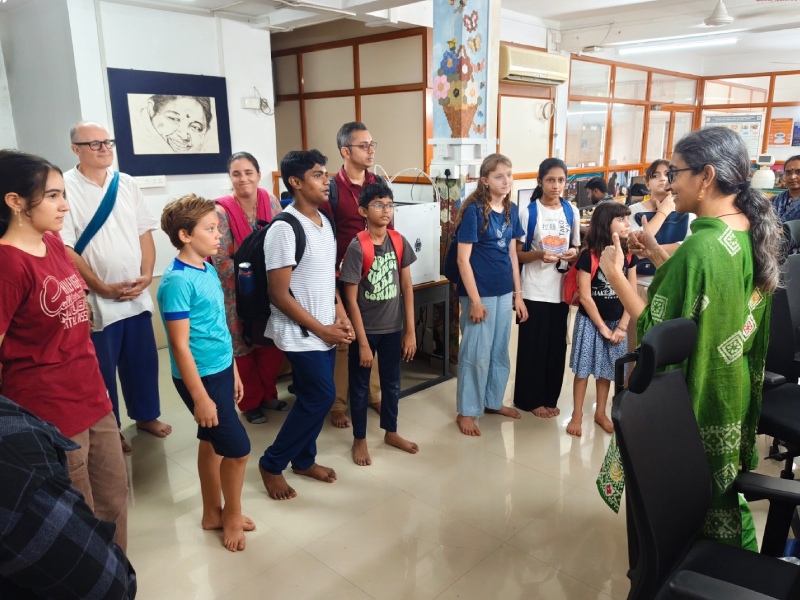June 23, 2011
School of Communication, Coimbatore
Films, television, newspapers, radio and the internet are contemporary mass media tools that influence public opinion. Shaping ideas, they communicate messages that affect people, for better or for worse.
No matter what form it takes, mass media plays an important role in guiding people’s beliefs, values and actions. During the late 19th and early 20th centuries, for example, print media effectively promoted nationalism throughout India, largely contributing to its success.

But that was then and this is now. The big question is, what kind of effect does mass media have on the public today?
Addressing this question, faculty from Amrita’s School of Communication will explore current mass media trends in papers to be presented at an international conference during June 24-27, organized by the Asian Media Information and Communication Centre in Hyderabad.
Papers by Vice Chairperson and Assistant Professor Ms. Sudha Venkataswamy and Assistant Professor Sreedevi Purayannur will explore the conference theme, Taking Stock of Media and Communication Studies: The Challenges and Opportunities of Globalization, New Media and Rise of Asia.
In her paper, Sreedevi emphasizes that the strength of the Indian press has been its ability to maintain the nation’s democratic traditions. However, she questions if today’s news industry has been able to assimilate past lessons enough to apply them to the current globalization and technology era.

Her paper titled Role of Indian Media in Nation Building and Shaping Public Opinion: An Analysis of Democratic Characteristics of Pre-Liberalisation Media and Relevance in the 21st Century presents an analysis of the growth and development of the Indian media industry from 1780 to 1975.
Her in-depth analysis investigates how the growth of Indian media and the democratic traditions it formed during the pre-independence and pre-liberalization eras could apply to the industry in contemporary times.
Noting that the Indian sub-continent today has 398 dailies with a total circulation of 30 crores, 562 television stations and 312 radio stations, Sreedevi questions whether these media outlets with a high degree of penetration indeed act as the fourth estate of democracy.
Depicting another facet of the media industry, Sudha’s paper, Transcending Gender: Advertising Fairness Cream for Indian Men, analyses how the world of advertising influences public perceptions about appearance.

Sudha examines underlying themes influencing current fairness cream advertising and marketing campaigns targeting the Indian male audience. She compares colonial definitions of the strong male image with traditional Hindu ideas. A fair man is a confident man and a leader – this colonial belief promoted the idea that fair skin is superior.
“However, such a construction goes against traditional notions of the dark, all-powerful Hindu male gods, like Krishna,” she notes.
She further adds, “What is curious is that these creams used to target only Indian women but of late, men are being sought out as consumers for the product, as well.”
Sudha’s paper examines how market demands subvert gender norms by increasing desire for fair skin.
After the paper presentations, the two faculty members will participate in a post-conference workshop on UNESCO Model Curricula in Journalism Education. Six universities in Asia follow the recommended curriculum, Amrita being one of them. As such, the Amrita faculty received an invitation from UNESCO to participate.



